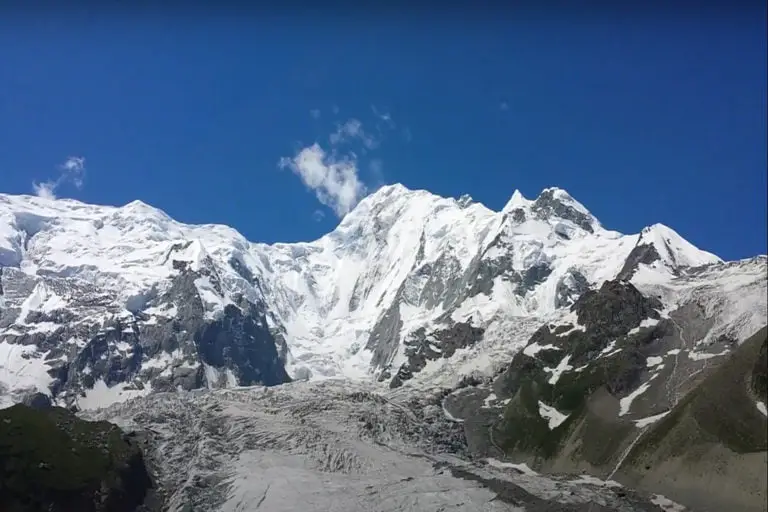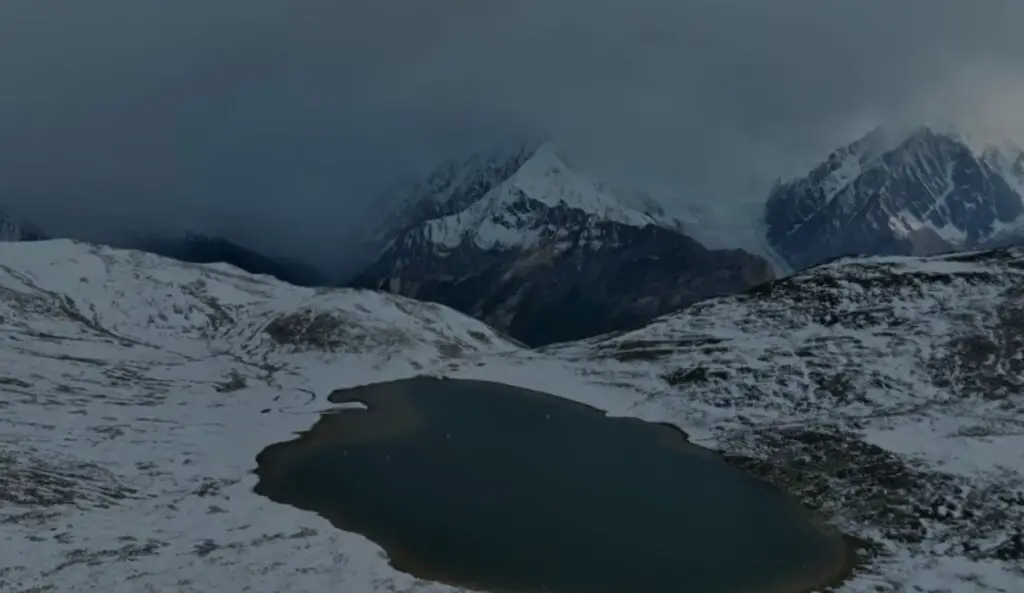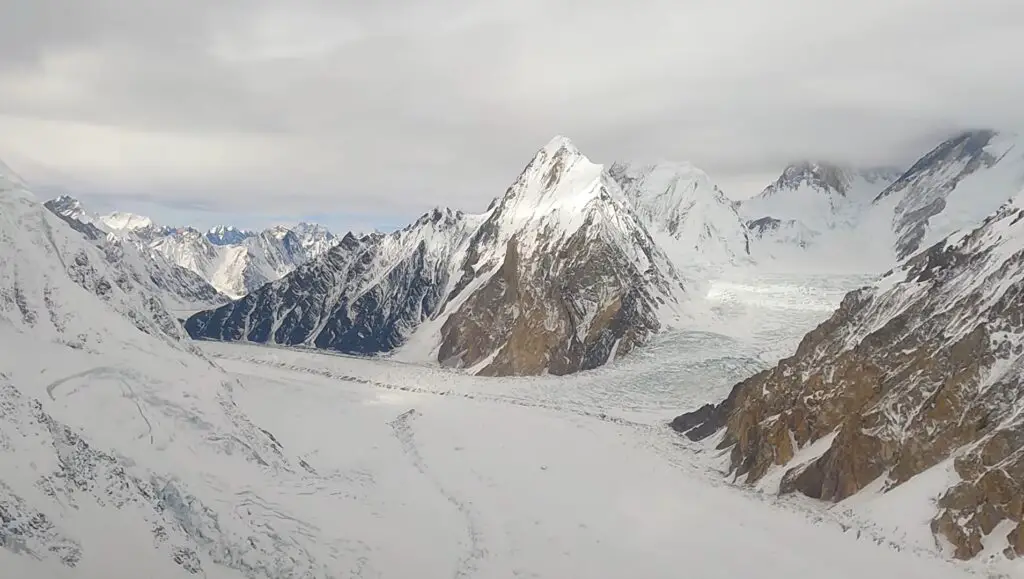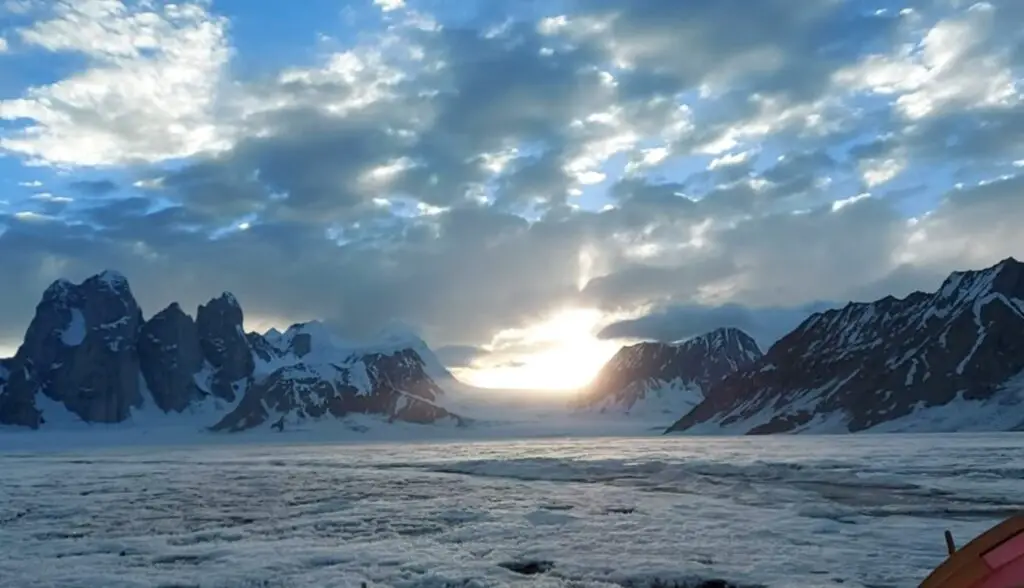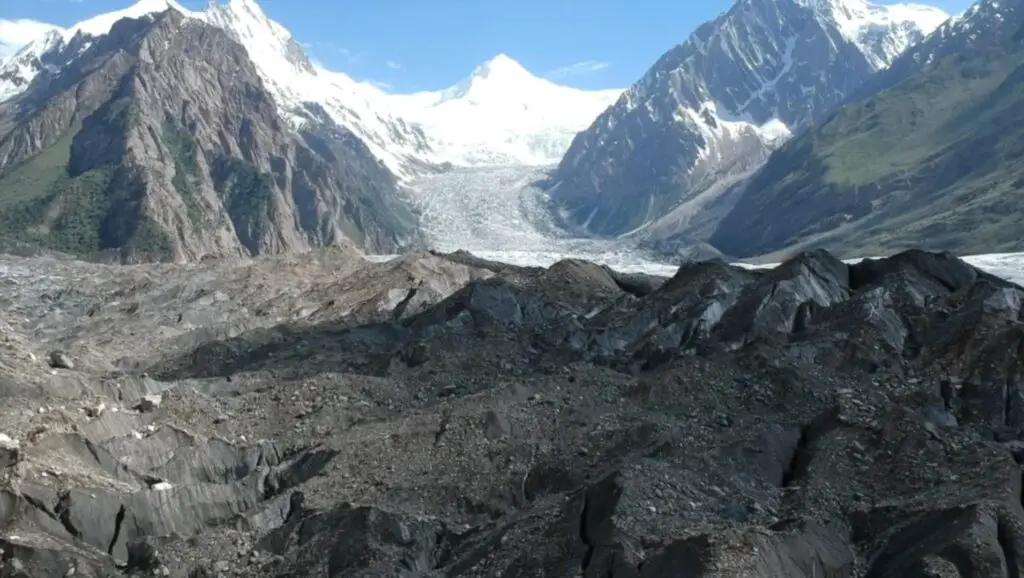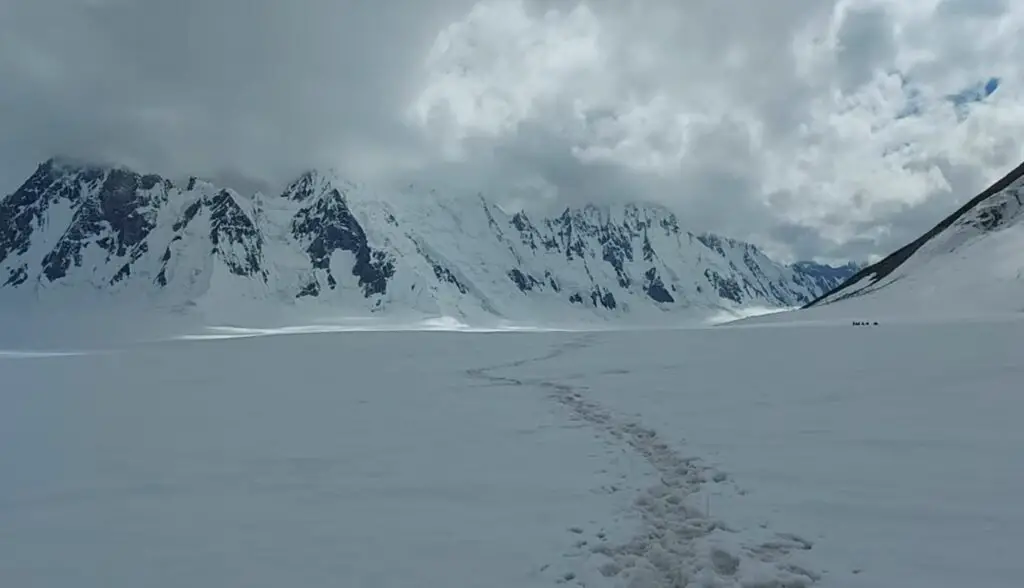The United Nations is working to map 5000 glaciers in Pakistan‘s northern regions to estimate the amount of snowmelt caused by rising summer temperatures and the recent flood-ravaged country. Early warning systems can be established to help better adapt to future climate hazards.
Connaught Ostby, representative of the United Nations Development Program (UNDP), a subsidiary agency of the United Nations, said in an interview that the United Nations Development Program plans to map 5,000 glaciers in the next 18 months. The South Asian country has the most glaciers in the world.
Map 5000 Glaciers in Pakistan
Connaught Ostby said during an interview that Pakistan has the largest number of glaciers in the world, the process of mapping these glaciers in Pakistan must be completed very soon because of the rapid melting of the glaciers in Pakistan and the lakes in the crevasses.
He said that as a result of this year’s floods in Pakistan, more than 1500 people have lost their lives since June, while more than 10 billion dollars have been lost, while more or less one-third of Pakistan has lost water. The recent flood disaster has highlighted to the world the power of climate change and a country’s ability to prepare and cope with it.
Pointing to the snow-covered Hindu Kush, Himalaya, and Karakoram mountain ranges, he said, therefore, through this project, to reduce the speed of snow melting in this area, which is considered the third pole in the world, and to avoid future flood disasters. Concrete strategies will be decided on an emergency basis.
Connaught Ostby said that Pakistan among the top 10 countries vulnerable to climate change has received 154 million dollars from climate funds, UNDP, government, and international reinsurance companies regarding the disaster risk insurance plan. There is also an appeal from the United Nations to collect 160 million dollars to help the flood victims.
It should be noted that the early warning system was introduced by the United Nations sub-agency UNDP in 24 valleys of Khyber-Pakhtunkhwa and Gilgit-Baltistan that were affected by floods this year. Presence in the 110 valleys in the northern regions is essential.

